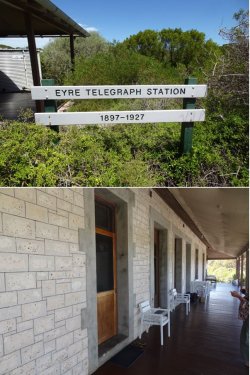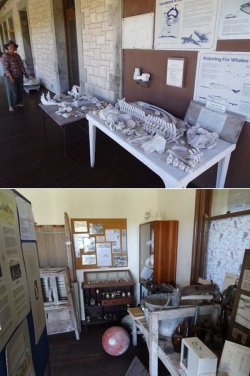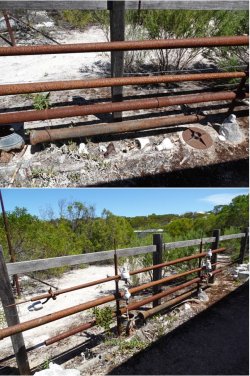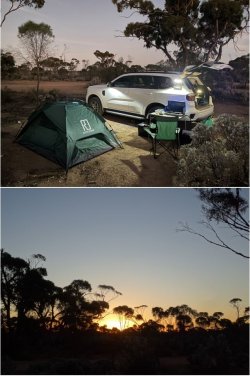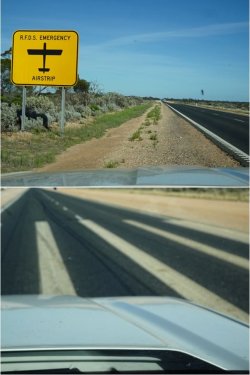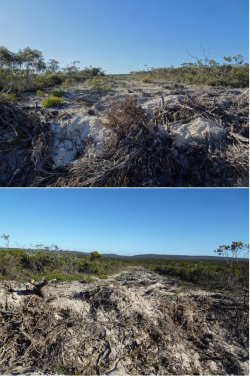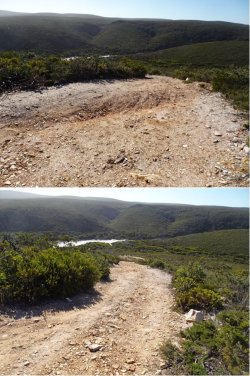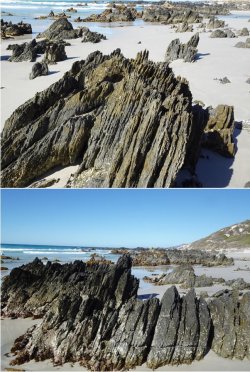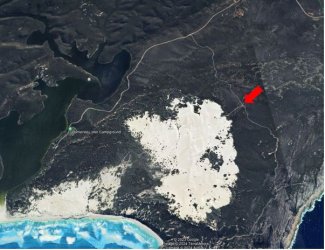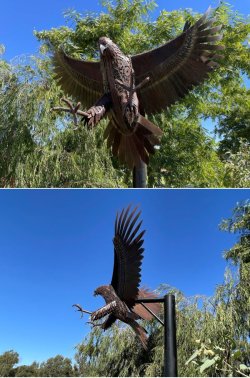- Joined
- Jun 7, 2006
- Posts
- 11,529
- Qantas
- LT Gold
Pressing on to the Nullarbor Plain next morning and soon encountering Australia’s longest straight stretch of road.


The Caiguna Blowhole is 50m off the highway just W of Caiguna.

There are many caves on the Nullarbor.

The most famous is the more than 6km long coughlebiddy Cave in the Nuytsland Nature Reserve (coughlebiddy, Western Australia - Wikipedia). The cave is closed and there seems to be little encouragement to detour off the highway to even see it from above, as there is no signpost, although once there the information board is of high quality.
It is most definitely not a cave for amateurs to mess around in.

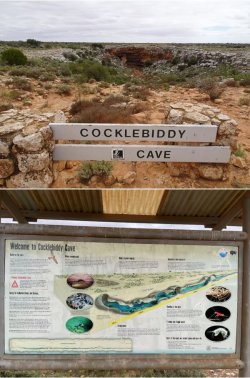
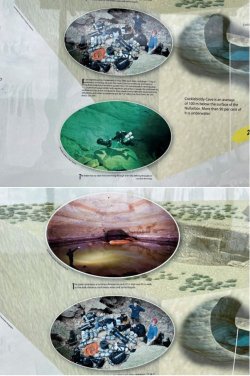




The Caiguna Blowhole is 50m off the highway just W of Caiguna.

There are many caves on the Nullarbor.

The most famous is the more than 6km long coughlebiddy Cave in the Nuytsland Nature Reserve (coughlebiddy, Western Australia - Wikipedia). The cave is closed and there seems to be little encouragement to detour off the highway to even see it from above, as there is no signpost, although once there the information board is of high quality.
It is most definitely not a cave for amateurs to mess around in.






















